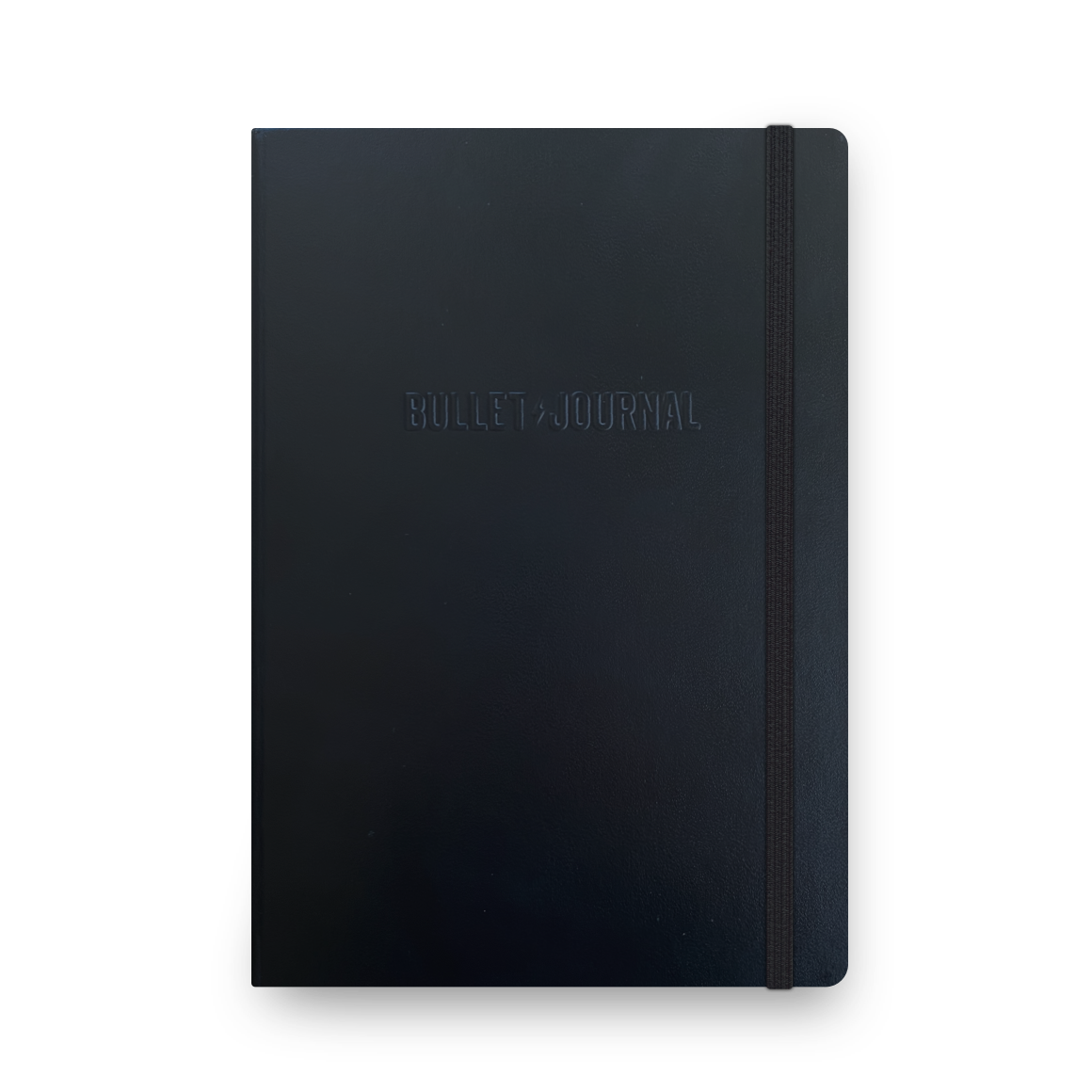When I was asked to write a blog post for the Bullet Journal Blog, I instantly said yes. The idea of being able to contribute to a product & style of organization that has given me so much in my own life seemed like a wonderful opportunity to repay the favor. July was the 1 year anniversary of my first public post on Instagram with my Bullet Journal® work. Though I started actually using the system in late 2015, it wasn’t until last July (2016) that I felt comfortable showing others what I was using to stay organized. Since that first post, I’ve found community among fellow journalers, battled with depression and anxiety, and used my journal to help me navigate my journey post-college graduation. I’ve learned a lot in the last year, and reflecting on it for this post reminded me of a few key layouts that have stood out to me for various reasons. I hope that as you move through your own Bullet Journal journey you will be able to take something away from this post that aides you, whether or not you use any of these ideas 🙂
Daily Spreads:
I’ve changed my style numerous times throughout my year-long journey. Something that has always remained consistent has been the importance of having a small flip-style notebook by my side. With anxiety as a constant factor in my life, sometimes taking the time to write out a weekly planning layout is a daunting task. When this anxiety creeps into my system, I use my smaller notebook to write out my daily lists. Here are two styles I use, both minimalist:
To-Do List with Bottom-Page Timeline:

This type of layout allows for quick notes about daily tasks, while also providing a visual reminder of how much time can be spent on each task throughout the day. You can decide whether or not to include time stamps on the bottom timeline – some days I do, some days I do not.
Daily Timeline with Daily Goals:

This spread is predominantly focused on the timeline as a visual cue – the daily goals are provided at the bottom of the page, but the main portion is dedicated to the timeline. I like to use this spread when I’m feeling the need to be a little more artsy, but still have a time crunch.
The Habit Tracker:

I’m the type of person who needs to check off boxes when I finish a task to feel accomplished. Without that finishing touch, the task or goal doesn’t feel complete. With the habit tracker spread, I can fill in a box for every habit I either complete or avoid. Everything is fair game here; making your bed, drinking water, reading book, avoiding junk food, taking a 30 minute walk. If you can make it into a habit, you can include it in this spread.
I usually do a month-long layout, so I can look back each month to see my progress (or, sometimes… lack of progress). Use whichever colors work best for you – I prefer rainbow, but I’ve seen some blue tone or primary color spreads that have worked for folks over the last year.
Mood Tracker:

Created by Camille of @passioncarnets, this tracker has helped me SO much in the last 6 months that I’ve been using it. My version is a little different from the original than Camille’s, but still retains the basic goal: to track your emotions throughout the year. I use two columns, one for morning emotions, one for evening emotions. For the months that have less than 31 days, I color the “missing” days black.
I’ve found that this spread has helped me effectively recognize when I need to ask for help from friends and family, especially if I find myself stuck in a period of “sadness” or “frustration”. Having depression and anxiety is tough, but by being able to track when I’m in a rut, or am feeling down on myself, I am able to reach out and get support that I need.
If you want a cool way to track your emotions, are struggling with mental health and want a way to look back in a year to see your progress, and/or are looking for an interesting way to show yourself how you show up depending on the time of day or time of year, I would 10/10 recommend this layout.
Fun Spreads:

The best thing about journaling and using the Bullet Journal system is that there are exponential ways for you to adapt your own preferences, style, and interests into your own journal. Have fun with it! If there’s an idea you want to try, go for it! Need to track something? Perfect – put it into your Bullet Journal 🙂
Materials:
Just in case you were curious, I use the following materials in the majority of my spreads:
-Stabilo Point 88 FineLiners
-Moleskine Notebooks
-Rhodia Notebooks
-Zebra Pen writing supplies
-Regular 12” Ruler
Thank You!
Thank you for spending some time among the spreads I’ve used over the last year! Hopefully you can use these as inspiration for your own journey. If you want to see more spread ideas, you can join me on Instagram: @FischrJournals
All the best,
Alec

